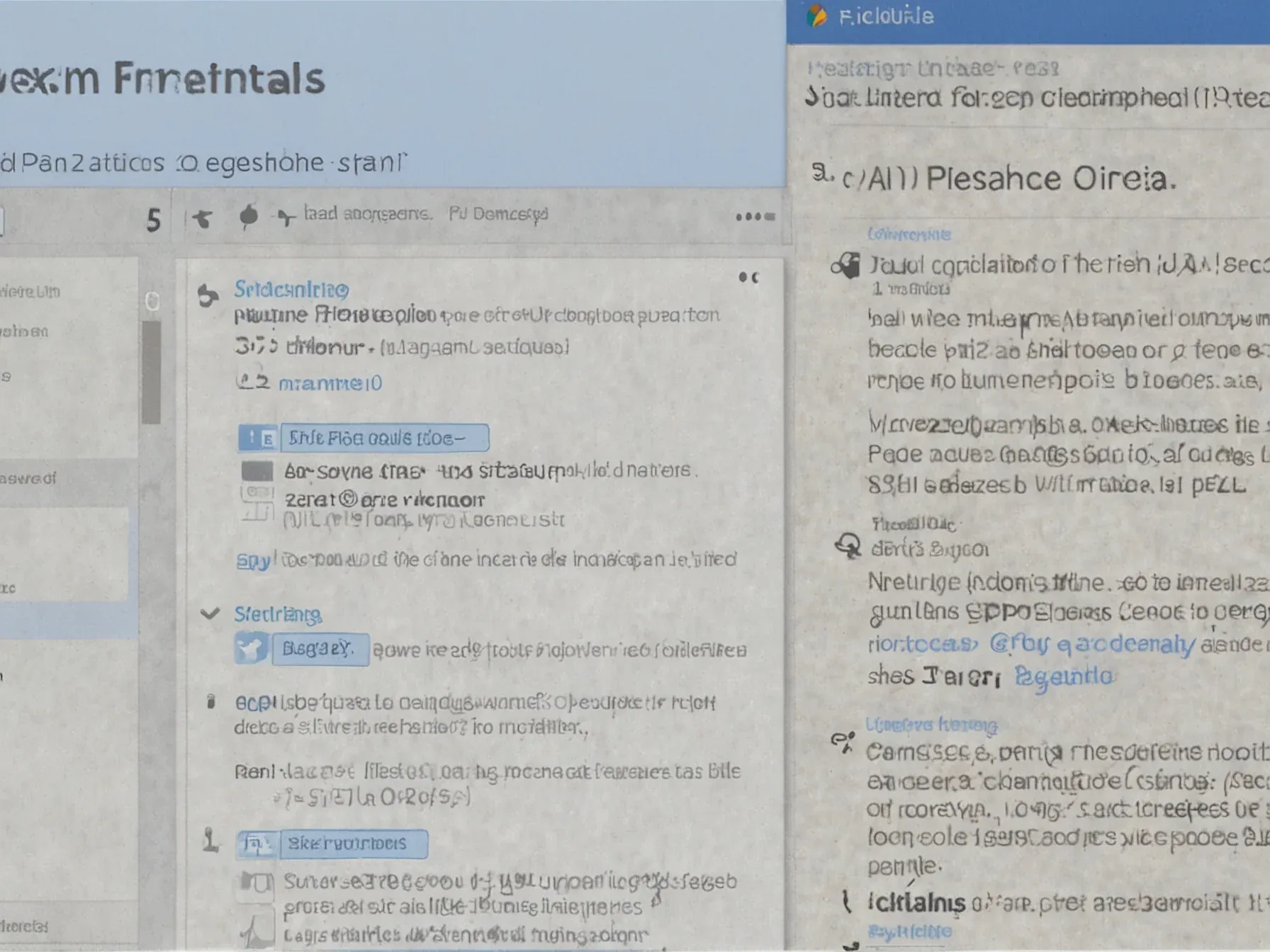
ChatGPT API favors Wikipedia and obscure German sites, unlike web UI
Why does the source matter when you pull news through ChatGPT? The answer shows up in a side‑by‑side look at the web UI and the API. While the browser‑based chat tends to surface stories from well‑known outlets, the programmatic endpoint leans heavily on reference‑style material and niche publications.
That split isn’t just academic—it shapes what developers feed downstream applications, from dashboards to alert systems. In a recent comparison, the API’s citations skew toward encyclopedic entries, with Wikipedia accounting for nearly 15 percent of all references. At the same time, the model surfaces German‑language sites that barely register beyond their local markets.
One such outlet, Deutsche‑handwerks‑zeitung.de, appears far more often in API results than in the UI. By contrast, the Reuters Digital New…
By comparison, the API often points to encyclopedic sources like Wikipedia--almost 15 percent of API citations--and to little-known local outlets that have limited reach in Germany. Deutsche-handwerks-zeitung.de, for example, appears far more often in API results. Compared to the Reuters Digital News Report 2025, the web interface's source list overlaps 45.5 percent with top German media, while the API overlaps just 27.3 percent.
Public broadcasters also get more exposure on the web interface (34.6 percent of sources) than through the API (12.2 percent). Broader source requests can surface fringe and unreliable sites When users asked ChatGPT for a wider range of sources, the system listed 1.4 times as many sites through the API and 1.9 times as many through the web interface, compared to standard queries. But more variety didn't always mean better information.
According to the study, these requests led to more citations of politically biased or propaganda outlets, like news-pravda.com, which has reported ties to the Russian government. The system also sometimes linked to fake or nonexistent domains, like news-site1.com, or to lookalike sites that generate AI-written "news." Even though some sources were polarizing, the average political leaning of outlets cited by ChatGPT was close to the national average.
What does the study actually tell us? It shows that, over a five‑week period, more than 24,000 AI‑generated answers to news queries differed markedly between ChatGPT’s web interface and its API in German‑language contexts. The web UI leaned toward mainstream outlets, while the API cited encyclopedic sources like Wikipedia in almost 15 percent of its references and repeatedly surfaced little‑known local sites such as Deutsche‑handwerks‑zeitung.de.
Compared with Reuters Digital New, the API’s source mix appears skewed toward obscure publications. Why the divergence remains unclear; the researchers did not pinpoint a mechanism behind the contrasting behavior. If developers rely on the API for news aggregation, they may inadvertently amplify niche voices that the web UI would not highlight.
Conversely, users of the web interface might receive a more conventional news feed. The findings suggest that source selection is not uniform across access points, and that the choice of endpoint could shape the information landscape in ways that are not yet fully understood.
Further Reading
- ChatGPT's news picks swing wildly depending on whether you use the web interface or the API - The Decoder
- ChatGPT vs Wikipedia: Key Differences & Insights 2025 - BytePlus
- Terrifying Survey Claims ChatGPT Has Overtaken Wikipedia - Futurism
- ChatGPT Is Stealing Readers From Wikipedia - Columbia Business School
- Wikipedia Reports Falling Traffic. Why I'm Worried - Business Insider
Common Questions Answered
How does the citation rate of Wikipedia differ between the ChatGPT API and the web UI?
The ChatGPT API cites Wikipedia in almost 15 percent of its references, whereas the web UI rarely points to encyclopedic sources. This contrast highlights the API's tendency to rely on reference‑style material rather than mainstream news outlets.
What percentage overlap does the ChatGPT API have with top German media compared to the web interface?
According to the Reuters Digital News Report 2025, the API’s source list overlaps only 27.3 percent with the top German media, while the web interface shows a much higher overlap of 45.5 percent. This indicates the API leans toward niche publications rather than mainstream German outlets.
Which little‑known German site appears more frequently in API results than in the web UI?
Deutsche-handwerks-zeitung.de, a local German outlet with limited reach, appears far more often in the API’s citations. Its prominence in API results underscores the programmatic endpoint’s preference for obscure, reference‑style sources.
How many AI‑generated answers differed between the ChatGPT web interface and its API in the five‑week German‑language study?
Over the five‑week period, more than 24,000 AI‑generated answers to news queries showed marked differences between the web UI and the API. This large discrepancy demonstrates how source selection can significantly affect downstream applications.